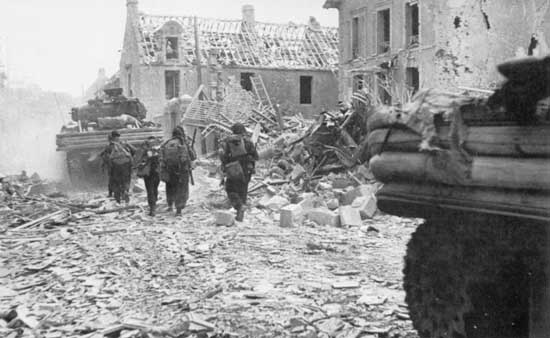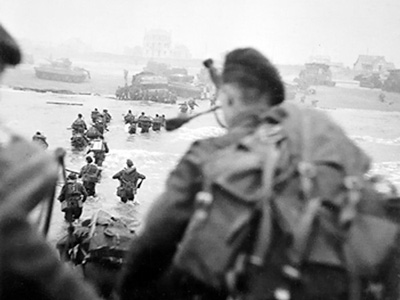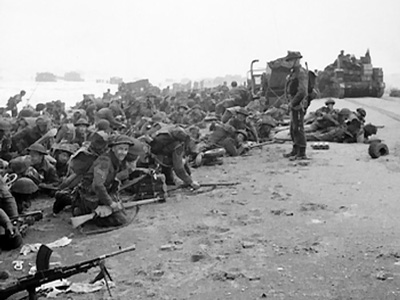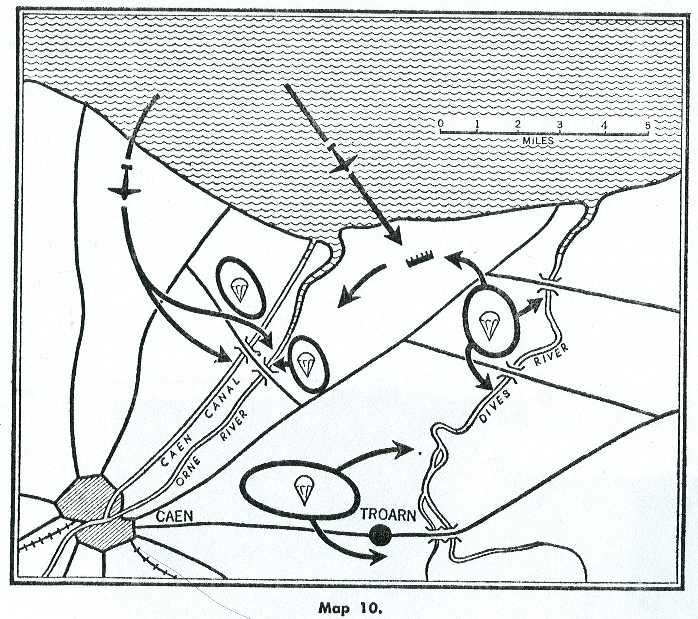Re-fighting D-Day: Part 4:
Airborne landings at Pegasus (Benouville) Bridge over the Orne Canal; and Orne River (Horsa) Bridge, Ranville, Normandy
Operation Deadstick: D-Day Minus 1 or the Opening Shots, as you wish:
Orne bridges
Pegasus Bridge is a bascule bridge (a type of movable bridge), built in 1934, that crossed the Caen Canal, between Caen and Ouistreham, in Normandy, France.
German AA 20mm guns. Still in place after 70 years.
Pegasus Bridge from Benouville. Note how close the gliders landed (right)
The bridge in Allied hands
Paratroops assembling the Mini Motorcycles used as transport
What happened in our Miniature Universe:
Wild Cards: Allied Players rolled +1 to reinforcement rolls; Axis player rolled the same
03.00 6 June 1944
Turn one. Allied Goes first per rules
The night time peace in Benouville was shattered by the thunder of exploding bombs and the drone of high altitude bombers overhead from midnight.
Hans Friedrichsen of the 716. Infanterie Division nodded at his comrade in arms, leaning on the barrel of his 20 mm AA gun at the bridge: "The poor guys over in Merville seem to be getting a pasting tonight. The verdamte RAF must be targeting their battery. Thank goodness we only have this small gun! We may even get some rest tonight!"
" Pity poor ol' Leutnant Steiner ! He may go the same way Hauptmann Wolter did !" A guffaw came out of the dark. "Ja, but then I won't mind going the way he did! In bed, with a warm French Liebling! Not a bad way to cash in your ticket!"
His wish was not to be. Silently, 3 Gliders dropped down out of the ink black sky, coming to rest hardly 30 metres away from the bridge. "Achtung! Alarm! Alarm" he shouted, bringing his 20 mm to bear on the Horsa glider closest to the bridge. Dark figures spilled out, and the chatter of small arms fire was heard. He emptied the first ammunition clip on the advancing figures. One or two went down. Then they were upon him.
The Germans had 2 Heavy machine guns placed at the approaches to the bridges, and when the first shots fell they stirred from their slumber. Being trained veterans they passed their pinning tests almost without exception, and were able to return fire an the Glider troops.Being dug in and gone to ground casualties were light. The gliders had landed in such a fashion that they did not provide much cover for the troops. They immediately went to ground.
The Germans raised the alarm in their turn, and successfully called up a unit of K-Rad Fahrer, who roared across the bridge on their BMW and Zundapp Motorcycles, MG 42s blazing. Lucky for the Brits only 2 LMGs were in rang. A unit of medium mortars were dug in halfway between the two bridges. They started raining down shrapnel on the Tommies.
The Orne Canal bridge, with 20mm Cannon and unit of Krad Schutzen racing over the bridge to engage the Brit. Paratroops and Air Landing Troops
By Turn 2 only the command group of the 1st air landing platoon was still standing (or rather, dug in)
Reinforcements arriving and forming on their pathfinder, ready to take on the Hun! (Photo Roly Hermans)
Turn 2 saw more glider and paratroop landings. The lost Ox and Bucs paratroop unit still had not found its way onto the table, but another glider landed next to the bridge, and yet another was blow off course, failing to reach the DZ. Presumably this is the glider that landed at the River Dives. 4th Reg. Paratroops landed successfully at the Benouville side of the bridge, but the 716.ID provided stiff resistance.
View towards Benouville from Ouistreham and Merville at the far left. LZ for the planner Coup de Main at Right. To the left the 4th Para Regt. taking on the 716. Inf Div defenders, eventually routing and annihilating the unit, at the expense of not taking their objective, the bridge.
The Merville battery: 20mm AA and dug in medium mortars, twin AAs and Pak 40, Quad vierling 20mm, minefields. Formidable defenses. This is what faced the landing groups that overshot the Orne canal bridge in their landing. A very hard nut to crack!
"Where was Lord Lovatt and his Commandos? and the Shermans the Hussars had promised? What, still on the beach! What are they doing? Sun bathing? "
"...Are those Stugs bearing down on us now?"
Even the stragglers eventually turning up on the table with mortars and Brens did not assist in taking the bridges. To little, too late! The Germans were too well dug in. Supporting fire from the Merville battery also did not help! It is no fun having a quad vierling 20mm AA gun turned on you! And a Pak 40 firing 3 rounds per turn!
... Also, the 4th Parachute regiment went off on a tangent: Chased down and destroyed a unit of 716.Inf Div in harsh hand-to-hand assault: Gerry that turned tail on the Benouville side of the Bridge.
"Oi! What about the objective!"
"What?"
"The objective! The Allies could have taken this one!"
Well, at least the Benouville Bridge, was it not for a tactical decision in the heat of battle...
"Clear and imminent danger, you say? OK. I'll give you that."


















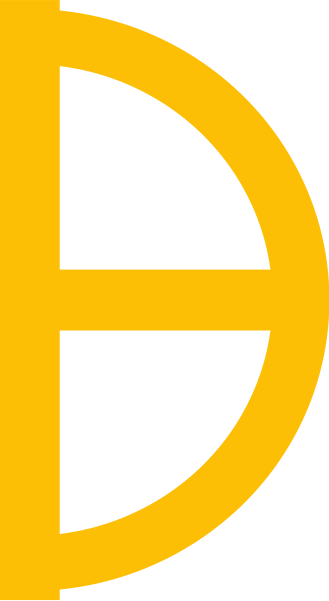
.jpg)





























